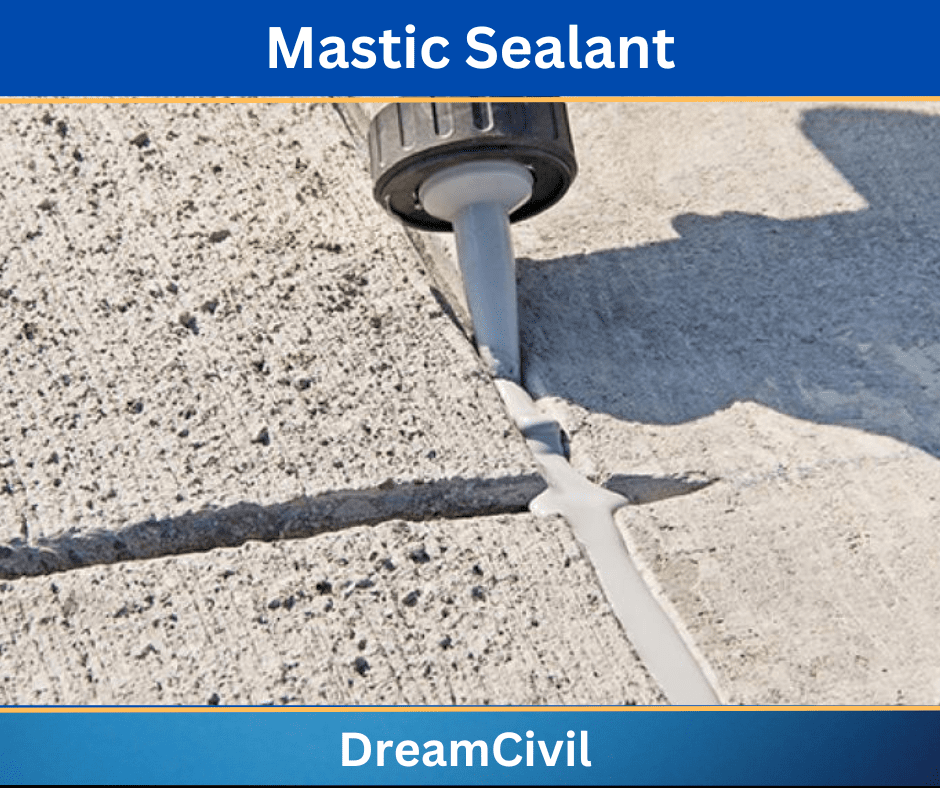Table of Contents
Mastic sealant may be defined as a form of sealant or adhesive employed to seal the joints or as a bond for various materials and openings.
It is an elastic and flexible product employed to make a durable bond between two separate surfaces or to cover a certain surface.
1. Properties of Mastic Sealant
The properties of mastic sealant are as follows:
a. It is an all-purpose sealant employed on a broad coverage of materials like aluminum, glass, marble, wood, plastics, ceramic, steel, etc.
b. These sealants can be employed to close or fill two separate materials.
For example, it can bond two plywood panels
c. They are mostly employed in metal units as they are corrosion-resistant.
d. These can be employed for outdoor projects as they are temperature, water, and UV-resistant.
e. It can be used on the surface right away without the necessity for primer.

This sealants are obtainable in various mixtures:
for example, waterproof mastic, anti-mold sealants, window and door mastic sealants, etc. There are also adaptable mastic sealants by various manufacturers, which are employed for numerous works.
2. Uses of Mastic Sealant
They are normally employed for the following purposes:
a. To connect the ceiling, wall, or floor tiles
b. Joint sealers for windows and doors
c. To fill the joint region around the bathroom fixtures and sanitary devices.
d. To seal the ruptures in masonry and concrete.
e. To seal movement joints in the wall or floor tiles.
f. To connect plywood panels.
g. To fill the seams in an HVAC system where HVAC tapes can’t drive.
3. Advantages of Mastic Sealants
The advantages of Mastic Sealants are as follows:
a. The use of mastic on a surface requires less preparation.
b. It is used for both indoor and outdoor projects.
c. They are flexible and elastic; hence are more durable.
d. They are water-resistant and UV-resistant.
e. It can merge two different types of materials with comfort.
f. It has high corrosion resistance.
g. Its viscous nature creates it the most useful fit for wide spots of application.

4. Disadvantages of Mastic Sealant
The disadvantages of Mastic Sealant are as follows:
a. It cannot adapt to big movements.
b. It can’t handle too much pressure.
c. It only works nicely when employed in a static structure, which causes it less portable.
d. If you use it on a surface that you will move around uniformly, it will begin to break and peel off.
5. References1. Content Filter & Authenticity Checking Team, Dream Civil International (Our team checks every content & detail to maintain quality.) |
Read Also: Floor Space Index

